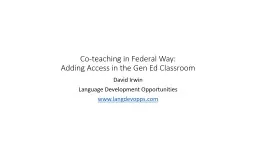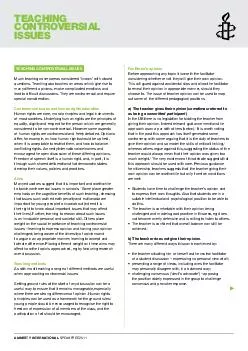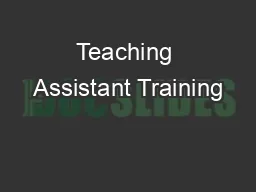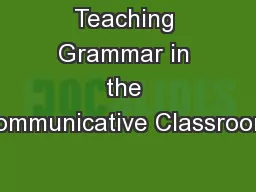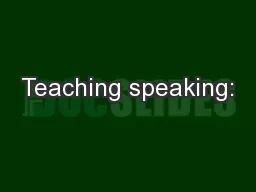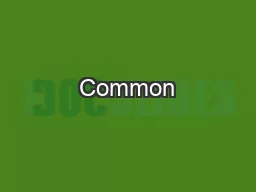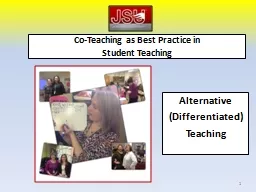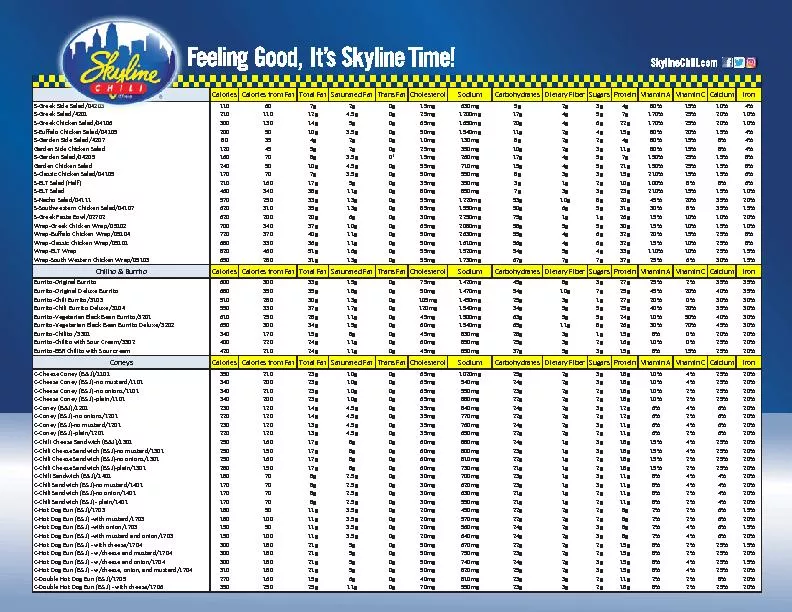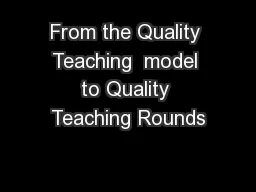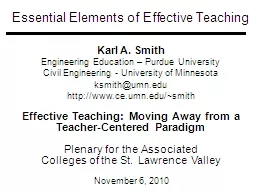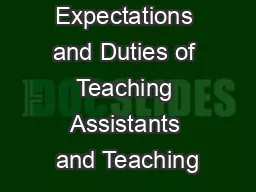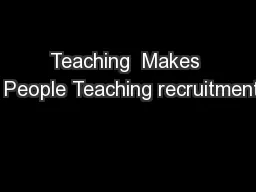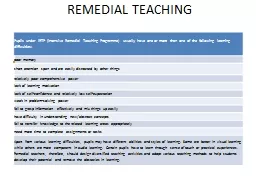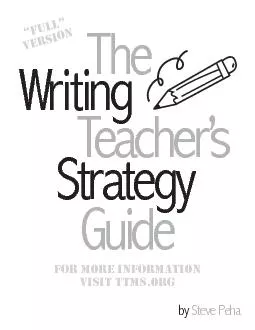PPT-Co-teaching in Federal Way
Author : spottletoefacebook | Published Date : 2020-08-26
Adding Access in the Gen Ed Classroom David Irwin Language Development Opportunities wwwlangdevoppscom Objectives We will Examine listening as a domain Develop
Presentation Embed Code
Download Presentation
Download Presentation The PPT/PDF document "Co-teaching in Federal Way" is the property of its rightful owner. Permission is granted to download and print the materials on this website for personal, non-commercial use only, and to display it on your personal computer provided you do not modify the materials and that you retain all copyright notices contained in the materials. By downloading content from our website, you accept the terms of this agreement.
Co-teaching in Federal Way: Transcript
Download Rules Of Document
"Co-teaching in Federal Way"The content belongs to its owner. You may download and print it for personal use, without modification, and keep all copyright notices. By downloading, you agree to these terms.
Related Documents

